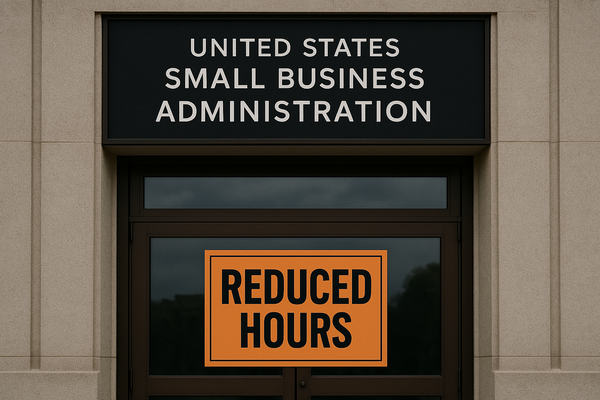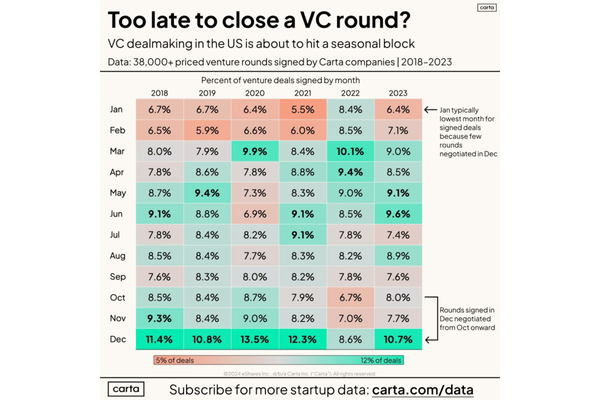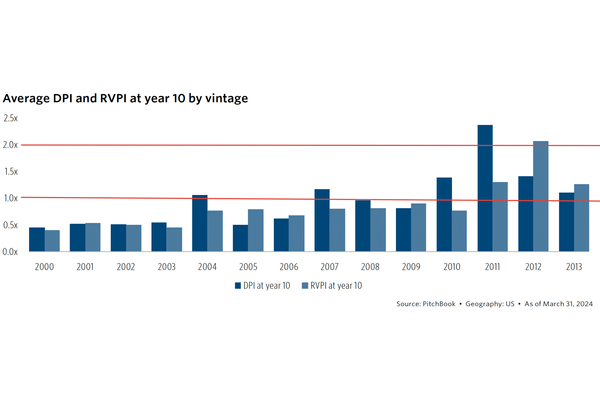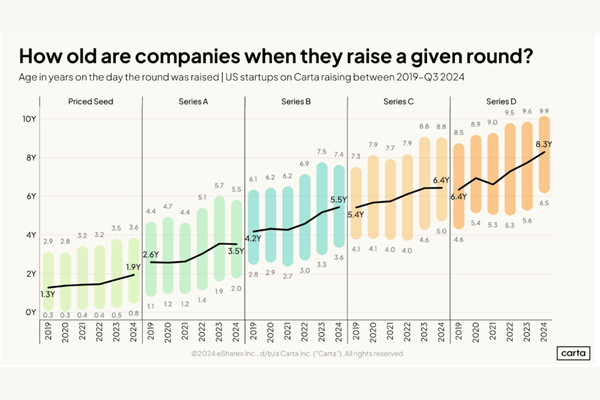Are You Growing Fast Enough?
2023 is in the books. Your 2024 budget is sitting in front of you. The start of a new year is the perfect time to reassess whether your startup is still on the venture path.
Here is a simple question: Is your revenue growth strong enough to attract a round of venture funding in 2024?
In a recent LinkedIn post, Jason Lemkin defined “mediocre” growth from the perspective of a venture investor focused primarily on the SaaS space.
From $100k-$1m ARR, growth less than 200%
From $1m-$5m ARR, growth less than 125%
From $5m-$15m ARR, growth less than 100%
From $20m-$40m ARR, growth less than 60%-80%
From $50m ARR, growth less than 60%
From $100m ARR, growth less than 40%-50%
Why do growth rates need to be so high?
Because VCs are investing in startups that they believe have the potential to deliver billion-dollar exits in 7-10 years.
Let’s Talk About the Revenue Multiple
Since most startups aren’t profitable, we determine a startup’s enterprise value based on a multiple of trailing twelve months of revenue.
Revenue multiples can vary widely from industry to industry.
The average SaaS multiple is currently ~7.5x. Meanwhile, the multiple for DTC e-commerce businesses and digital media startups has fallen to less than 1x, reflecting a history of constant operating losses.
The lower the revenue multiple for your industry, the higher the revenue you will need to deliver the outcomes your venture investors are chasing.
Revenue multiples can vary widely over time. As an example, take a look at this chart of SaaS multiples.
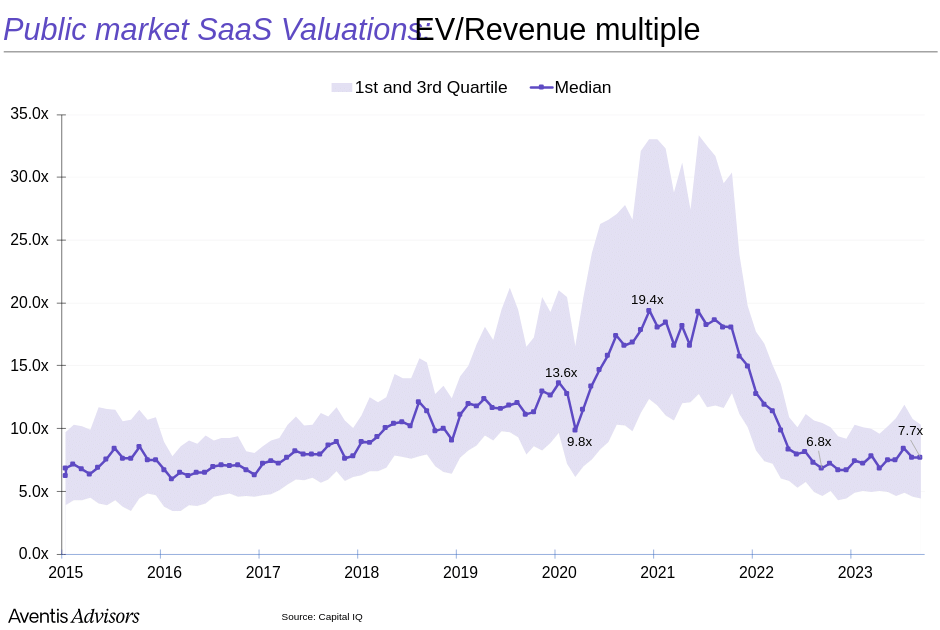
You can see the big spike in the revenue multiple for SaaS from 2020 through early 2022, coinciding with the expansion of the venture capital bubble and extraordinary returns in the stock market. SaaS valuations skyrocketed in both the public and private markets.
The current SaaS revenue multiple of 7.7x would require revenue of $130 million to support a billion-dollar valuation.
This is what math investors do when they hear your pitch and review your model.
What Should You Do?
You have some critical decisions to make if your growth rates aren’t strong enough. Here are three suggestions.
Don’t launch a fundraising process
Fundraising is an incredibly time-consuming process. If you’re focused on investor meetings and deck revisions, you’re not dedicating enough time to solving your startup’s growth challenges.
Don’t hope that the strength of your vision and pitch can overcome weak growth. If your pitch is built upon the premise that a fresh infusion of cash will deliver a venture-scale outcome after several quarters of weak growth, it will be poorly received by most investors.
If you need cash to extend your runway, try to raise a bridge round from your existing investors. But remember, investors won’t fund a bridge to nowhere. They have to believe you can accelerate to venture-scale growth or that they are bridging you to an M&A opportunity that provides at least modest returns. If your existing investors don’t believe either path is possible, that’s an important signal you shouldn’t ignore.
Refine product-market fit to accelerate growth
Many startups successfully navigate a period of slowing growth. It’s hard work. It requires taking a step back to refine your product-market fit. You’re not taking big, ambitious swings. You’re turning small screws across your business to optimize every aspect of the customer experience.
There is nothing more exciting than unlocking a new path to accelerating growth. Product iteration leads to an offering your customers love. A new sales channel drives accelerating customer acquisition. All of your efforts increase customer retention, boosting customer lifetime value. This is the way to accelerate growth and get back on the venture track.
Consider a pivot to profitability
Most businesses can’t deliver venture-scale growth. It’s the underlying truth that makes building a venture-backed startup such a challenging journey.
That doesn’t mean you can’t build a great company that delights customers, pays its employees well, and has sufficient cash flow to develop new products and features. Yes, this shifts incentives away from the promised riches of a unicorn exit. But for many founders, there is joy and fulfillment down this road.
Pivoting to profitability allows you to control your destiny and continue to realize your vision. Falling off the venture-track doesn’t have to mean failure. For many founders, it’s the true start to building the company of their dreams.
A New Year’s Resolution
For 2024, resolve to stay in control of your destiny.
Before you press on the gas and launch your team into the new year, take one more honest assessment of your 2024 strategy and ensure you and your team are on the best path to success.

